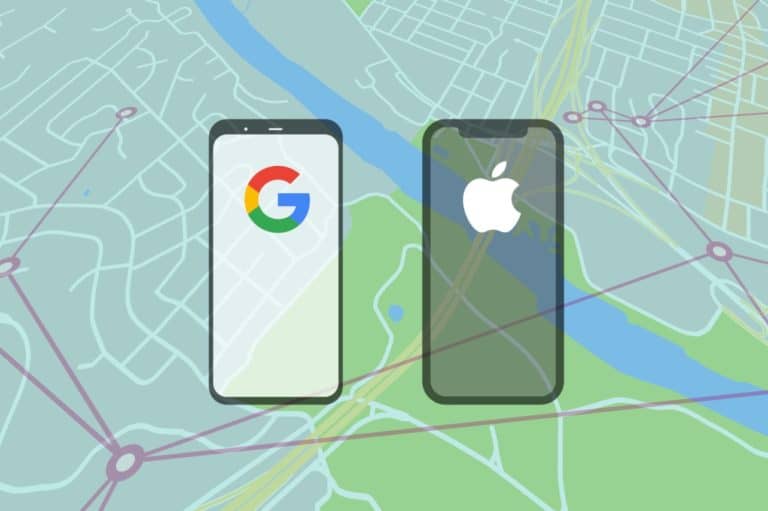Tech giants Apple and Google have shared the first examples of the code used in the co-built exposure notification app. The companies also published a list of requirements that must be met by governments to use the technology.
In early April, Apple and Google announced that they would join forces and work together to develop technology that can help them respond more quickly to potential Coronavirus infection. The Exposure Notification API should be made available to governments as soon as possible, making it easier for them to warn citizens that they may be infected.
The technology of the two companies uses Bluetooth. When the API was announced, several aspects regarding the privacy of users were questioned. The companies published a list of requirements that governments must meet before they are allowed to use the API.
Only an official government agency may use the technology and only to take faster action against the coronavirus outbreak. Besides, mandatory consent must be requested from users before the API can be activated: therefore, a government cannot oblige citizens to use a deployed app.
In addition, Google and Apple require that only crucial information is collected by apps using their API. They are explicitly stating that no permission is granted to use data for advertising purposes. Also, smartphone location services may not be used to determine a person’s exact location. Apple and Google only allow a country to develop one application and no more.
A noteworthy requirement of Google and Apple is to explicitly ask permission from citizens before a positive test result of the coronavirus can be shared (after which other users can be informed). This would mean that someone who tested positive can choose not to give permission; people who were in contact with this person would not get a notification in that case.
At the same time, people who do want to share their positive test result must also prove this with a code issued by their specific health authority. This is to prevent trolls from causing a tidal wave of fake notifications.
Possible choices presented
Google and Apple expect to come up with a final version of the technology later this month, but have already shared a number of examples on their own platforms of what a final app (made by governments) could look like.
